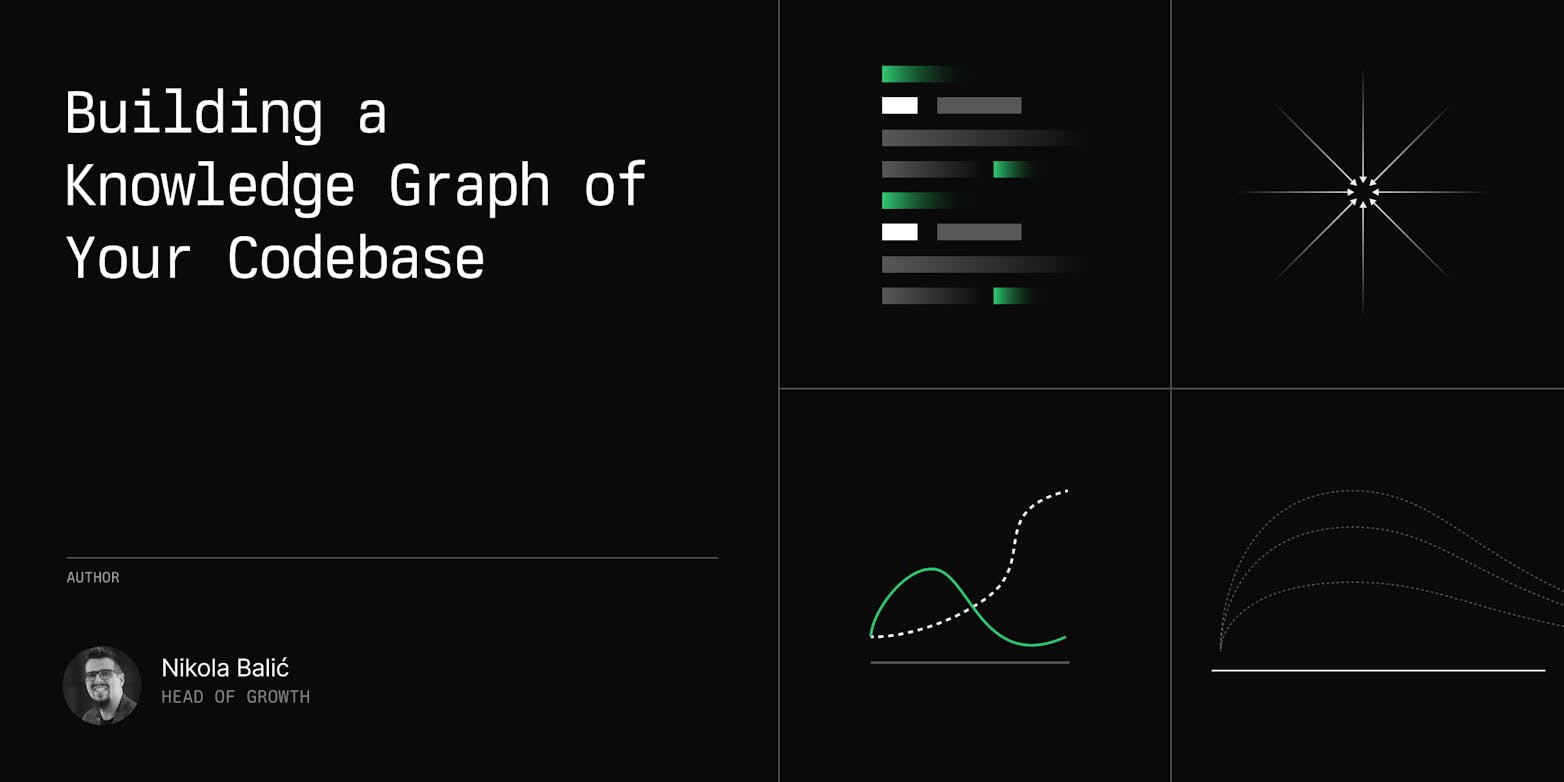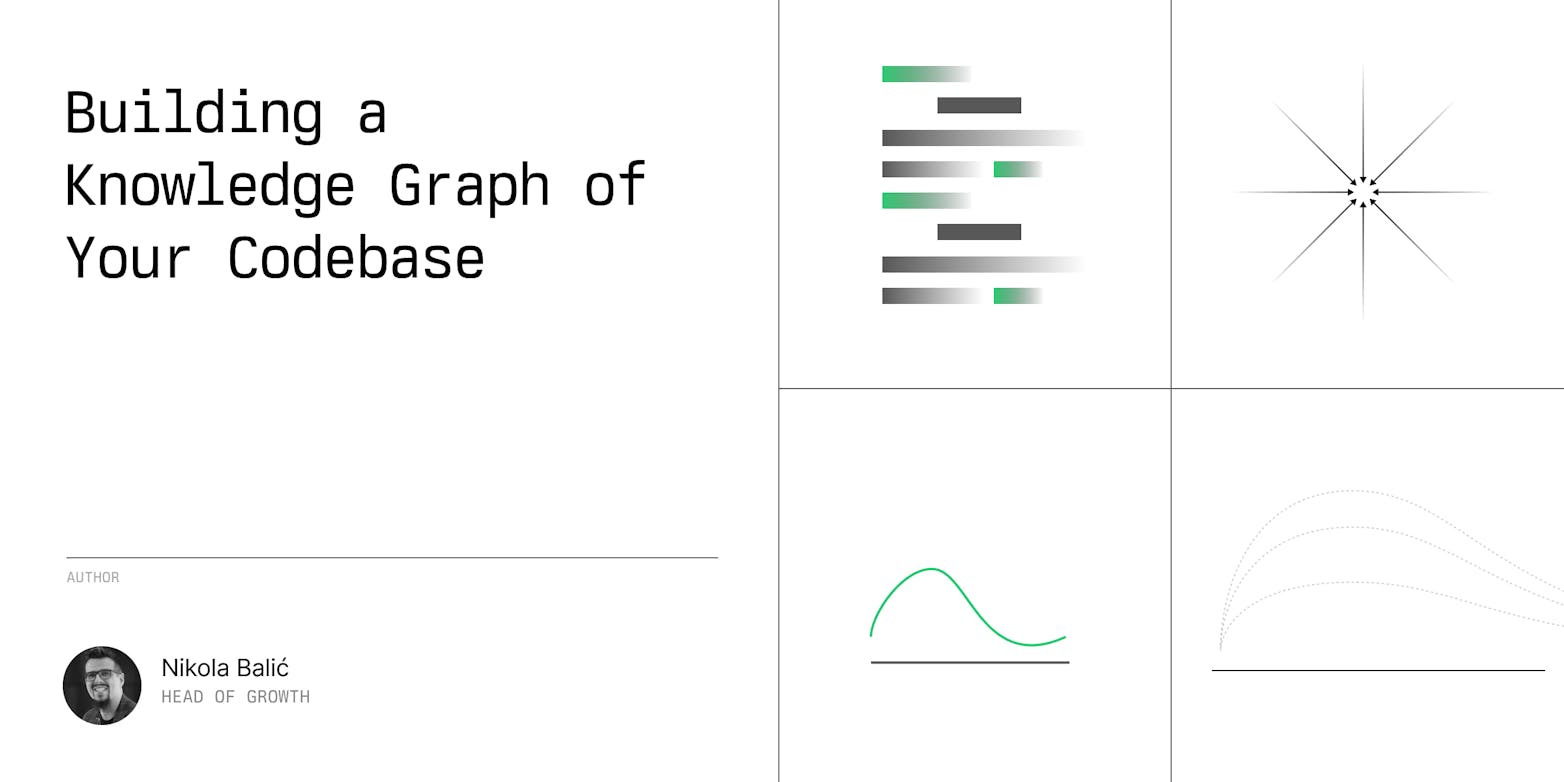Knowledge Graph
A knowledge graph is an advanced data structure designed to capture and represent information in a network of relationships between entities. It's a specialized form of a graph database where nodes represent entities (such as people, places, or concepts) and edges depict the relationships between these entities. This structural representation allows for enhanced data integration, better query capabilities, and deeper data comprehension.
Key Characteristics:
Entities and Relationships:
Nodes: Represent entities like functions, classes, variables in a codebase.
Edges: Depict relationships such as function calls, data flows, inheritance, and more.
Metadata Integration:
Captures contextual details like documentation, version history, and related external knowledge (e.g., API docs, forum discussions).
Semantic Understanding:
Utilizes Natural Language Processing (NLP) to interpret and answer queries about the codebase's structure and functionality.
External Knowledge Integration:
Connects codebase knowledge with external sources to provide a comprehensive understanding of the code.
Continuous Updating:
Dynamically evolves with the codebase, ensuring that the representation remains accurate and up-to-date.
Practical Applications:
Navigational Ease: Helps developers navigate through complex codebases efficiently.
Intelligent Queries: Allows users to ask complex questions about the code and get precise answers (e.g., finding deprecated API usages).
Enhanced Code Comprehension: Summarizes and visualizes code dependencies and interactions.
Refactoring and Bug Detection: Suggests context-aware refactoring and detects subtle bugs.
Onboarding and Documentation: Provides interactive, context-rich documentation and onboarding guides for new developers.
Benefits:
Improves Productivity: By providing a clear, navigable structure of the codebase, it enhances development efficiency.
Facilitates Code Maintenance: Simplifies the process of maintaining and updating large codebases.
Boosts Collaboration: Enables better understanding and collaboration among development teams, especially in polyglot environments.
Empowers Data-Driven Decisions: Offers insightful analytics on code complexity, system health, and impact of changes.
In conclusion, a code knowledge graph provides a powerful and intuitive way to understand and manage complex systems, turning the interconnected web of software elements into a navigable and intelligent map.

